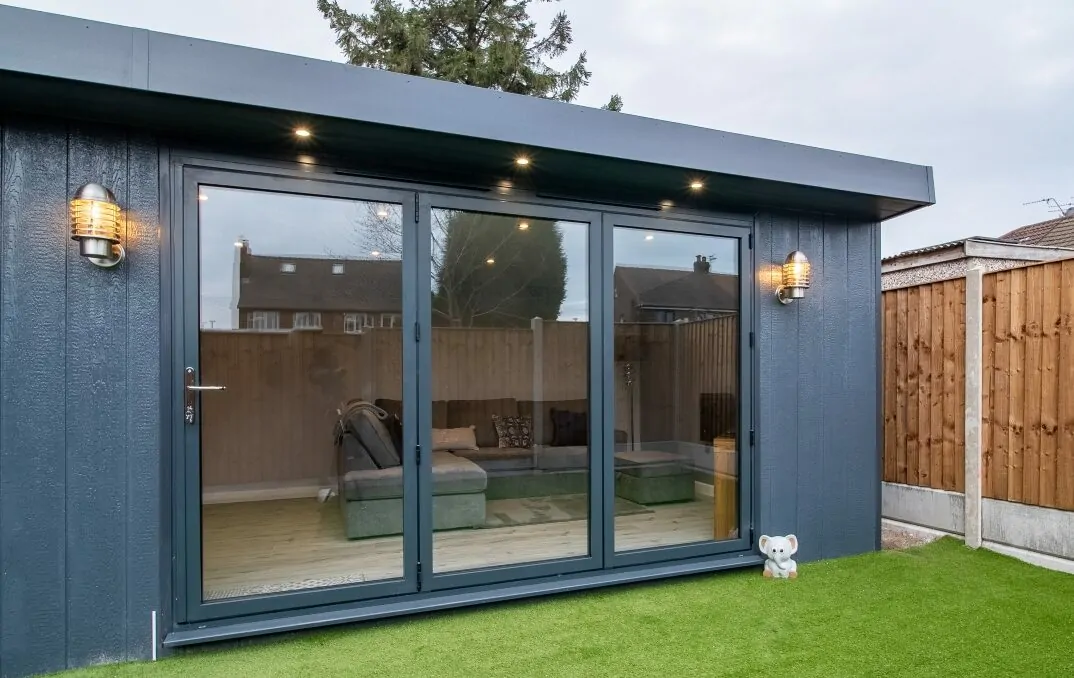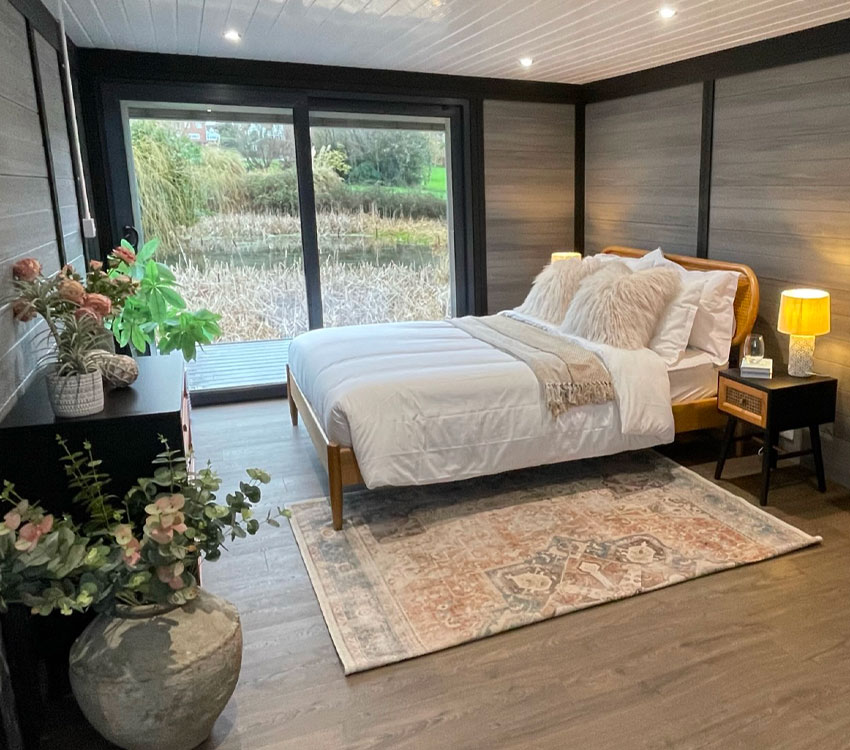Top Advice For Planning Permission On Garden Offices
Top Advice For Planning Permission On Garden Offices
Blog Article
What Planning Permits Are Needed For Gardens, Rooms, Etc. In Terms Of Changes Of Use?
Planning permission might be needed for the construction of gardens, conservatories or outhouses. The planning permission is needed for changes in use.
In most cases the planning permit will be required to transform non-residential structures (such as garages or agricultural structures) into residential spaces or garden offices. This is because any modification in the usage of the building is required.
Garden Rooms as Living Space:
The possibility of using the garden space as a distinct living area (e.g. as an apartment, guesthouse or other similar arrangement) is a shift in the use. To ensure that the building is compliant with all rules and regulations for homes Planning permission is required.
Business Use:
If you intend to use the garden room or conservatory for business reasons (e.g. for example, as an office for a home-based business that involves frequent guests or employees) the planning permission might be needed. This is because of the impact that it could have on the neighborhood, such as traffic, noise, and parking.
Utilization for Community or Education:
The conversion of a garden structure into a community or educational space (such as a classroom or meeting hall) also requires permission for planning. The local council will be able to determine the viability and the impact of the proposed site.
Impact on local infrastructure
Planning permission is usually required to permit any modification in use that is likely to have a major impact on local infrastructure, e.g. roads drainage, public services, and so on. This will be evaluated by the local authority for planning at the time of the process of applying for permission.
Dual Use
For properties that have mixed use (e.g., residential and commercial), a permit for planning is typically needed to clearly define the different uses.
Increased Footfall and Traffic:
If the proposed change in use is likely to increase traffic or the number of people who use the space (e.g. the conversion of the garden into a shop), planning approval is needed to reduce the effect on the surrounding areas.
Building Regulations Conformity:
Although it is not a strictly planning permission issue the change of use must comply with building regulations to ensure safety, health as well as energy efficiency requirements. This is particularly true for conversions of non-habitable spaces to habitable areas.
Environmental Impact:
Changes in the use of land that could have an impact on the environment, for instance as the transformation of agricultural land into an urban area is likely to require permission for planning. An environmental study may be required as part of the application.
Community and Amenity Impact
It is essential to think about the impact the changes will have on the community amenities in the area and the overall appearance of the place. For instance, to transform a room within the garden to a café shop requires approval for planning. This is to ensure it aligns itself with community plans while preserving the amenities of the area.
Designated Areas:
In designated areas, such as National Parks, conservation areas or Areas of Outstanding Natural Beauty(AONB) The property is subject to stricter limitations to maintain the appearance and character of the area. In these situations the need for planning permission is required.
Local Planning Policies:
Local planning authorities can have policies that are different regarding changes in use. These policies are essential in understanding the changes that require approval, and what requirements need to be fulfilled.
Planning permits are often required to make a major alteration in the usage or location of a gardenroom, conservatory office, outhouse, or extension. This ensures that the new usage is appropriate for the area and is in line with local and national policy on planning. Also, it addresses the potential impact on the environment or community. To determine the exact requirements and obtain the necessary approvals, you need to speak with your local planning authority early in the process of planning. Follow the top do you need planning permission for garden room for more advice including 4m x 4m garden room, conservatories and garden rooms, 4m x 4m garden room, outhouse, what size garden room without planning permission, garden rooms, garden rooms in St Albans, outhouses for garden, costco garden rooms, what size garden room without planning permission and more.
What Planning Permissions Is Required To Build Garden Rooms, Etc. Terms Of Height Restrictions?
The height of garden rooms and conservatories, as well as outhouses, office buildings or extension will decide whether or not a planning permit is needed. Here are the key factors to be aware of General Height Limits:
A detached outbuilding or an extension with a dual pitched roof (such a gable) must not be taller than 4 meters.
The maximum height for any type of roof (flat, single pitched, etc.) should not exceed 3 meters. The height maximum for any other roof type (flat or single-pitched) is 3 meters.
Proximity to borders
The height limit for structures within 2 meters of the property line isn't over 2.5 meters. This applies to garden rooms, sheds and similar outbuildings.
Eaves Height
The maximum eaves height (the length from the roof's bottom of the roof) must not exceed 2.5 meters for any building.
Conservatories & Extensions
For a single-story rear extension, the height must not be more than 4 meters. This includes the roof and any wall with a parapet.
Side Extensions
Extensions on the sides should not be more than 4 metres and no greater than 50% of the original size of the home.
Special Roofs
The roofs of structures with a flat surface are generally limited to a maximum of 3 meters.
Additional Restrictions on Designated Areas
In conservation zones (AONB), Areas of Outstanding Natural Beauty or other designated areas, height restrictions are likely to be more strict and planning permission may be required for structures that fall under the permitted development right.
Constructions in National Parks
Similar to designated areas, structures within National Parks may have additional height restrictions requiring planning permission.
Roof Design:
The highest point of the roof (excluding chimneys and antennas) Be aware of the height of the top part of the roof (excluding chimneys or antennas.). If the highest point is greater than the permitted limits of development, planning permission is required to be obtained.
Effect on Neighbours:
Planning permission might be required for a structure that is within the permissible height limits if it impacts in a significant way the sun, privacy, and view of nearby homes.
Maximum Overall Height
The height of the entire structure cannot exceed 4 meters. For instance, a garden office with a roof that is double pitched cannot be higher than 4 meters at its tallest point.
Decking or Platforms
To ensure that the structure does not require planning permission The platform or decking connected to it must not be more than 0.3 meters above ground.
Contacting your local authorities for any recent changes or rules is always recommended. Even if you believe your project is within the scope of generally permitted development, there may be local deviations that require approval from the planning authority. View the best glass garden rooms hertfordshire for website advice including how to lay decking on soil, garden rooms, garden office hertfordshire, outhouse garden, insulated garden buildings, garden room planning permission, garden rooms, garden room planning permission, outhouse buildings, what size garden room without planning permission and more.
What Planning Permission Do You Require To Build Garden Rooms, Etc. Regards To Location Restrictions?
Location restrictions are crucial when planning to construct gardens offices, conservatories, or outhouses. These are the most important factors to be considered when determining the location: Proximity to Boundaries:
A building that is less than 2 meters of the property boundaries must not exceed a maximum height of 2.5 meters. If the height of the building exceeds this amount, then a planning permit is required.
The front of the property
Planning permission is typically required for buildings that are built on the front of a home's primary elevation (the side facing the front) since the permitted development rights do not allow for forward extensions.
The property's side:
Side extensions can be subject to height and width restrictions and may require planning permission if they are extended beyond the existing side wall.
Back of the Property
Rear extensions and garden rooms situated at the rear of the house are subject to height and size limitations. If the development exceeds the allowed limits, planning approval will be needed.
Designated Zones:
The stricter controls are enforced in conservation zones, Areas of Outstanding Natural Beauty, National Parks and World Heritage Sites. Planning permits may be required for any new construction regardless of the size.
List of Buildings
Listing buildings are subject to strict regulations. Whatever the location of the structure is located on your property, you'll require planning permission and the building's listed consent to make any changes or extensions.
Green Belt Land:
To conserve open space, development on greenbelts is strictly restricted. A special permission is often required for any new construction or changes.
Flood Risk Areas
Additional regulations could be in place if the property in question is located in a flood-prone area. These are designed to stop the building of a building from creating more flood risk. Planning permission and possibly an assessment of flood risk could be required.
Urban vs. Rural settings:
Urban areas often have different rules from rural areas. For instance, rural homes may have more lenient restrictions on the size and location of outbuildings but this varies widely.
Highways and Public Rights of Way
Planning permission is required in the case of structures that are located close to public rights-of-way, highways or roads, to ensure that it does not hinder safety, views, or restrict access.
Shared Ownership Land, Leasehold Land, or
If the property is being rented or part of an ownership share scheme, it could require additional permissions. Planning permission may also be required depending on local regulations.
Contiguous to Other Structures:
It could be necessary to seek planning permission when the new structure is planned to be constructed close to existing structures or buildings, especially near neighbouring properties. It will guarantee that the building or land that is adjacent to it is not negatively affected.
It is recommended that you consult with the local planning authority in order for specific guidance tailored to your specific location and specific circumstances. Regulations may differ significantly according to local regulations, and ensuring compliance with all relevant limitations is vital to avoid legal problems and fines. See the recommended costco garden for more advice including out house for garden, costco outbuildings, garden room permitted development, ground screws vs concrete, garden buildings , garden room, herts garden rooms, ground screws vs concrete, insulated garden buildings, Tring garden rooms and more.